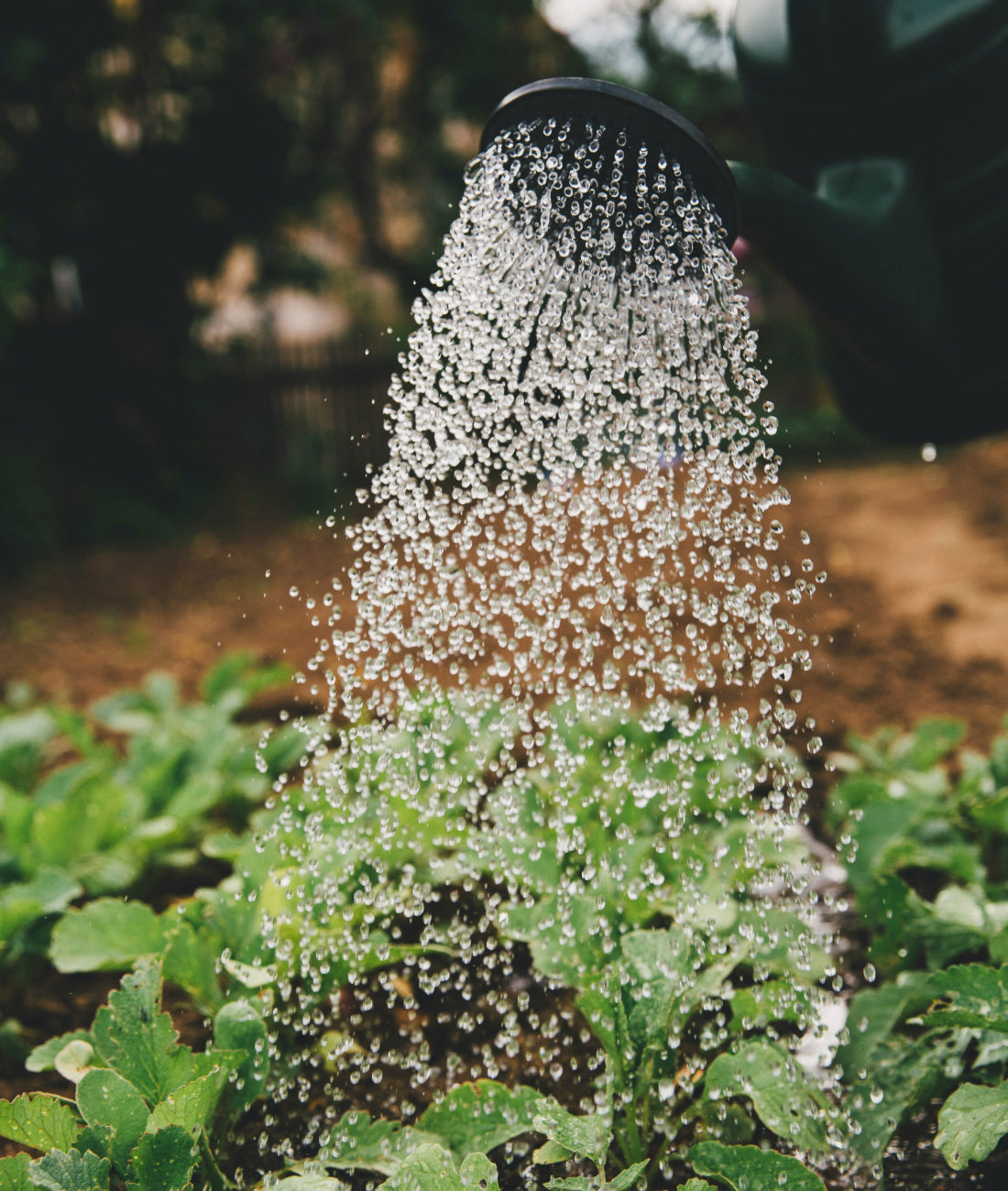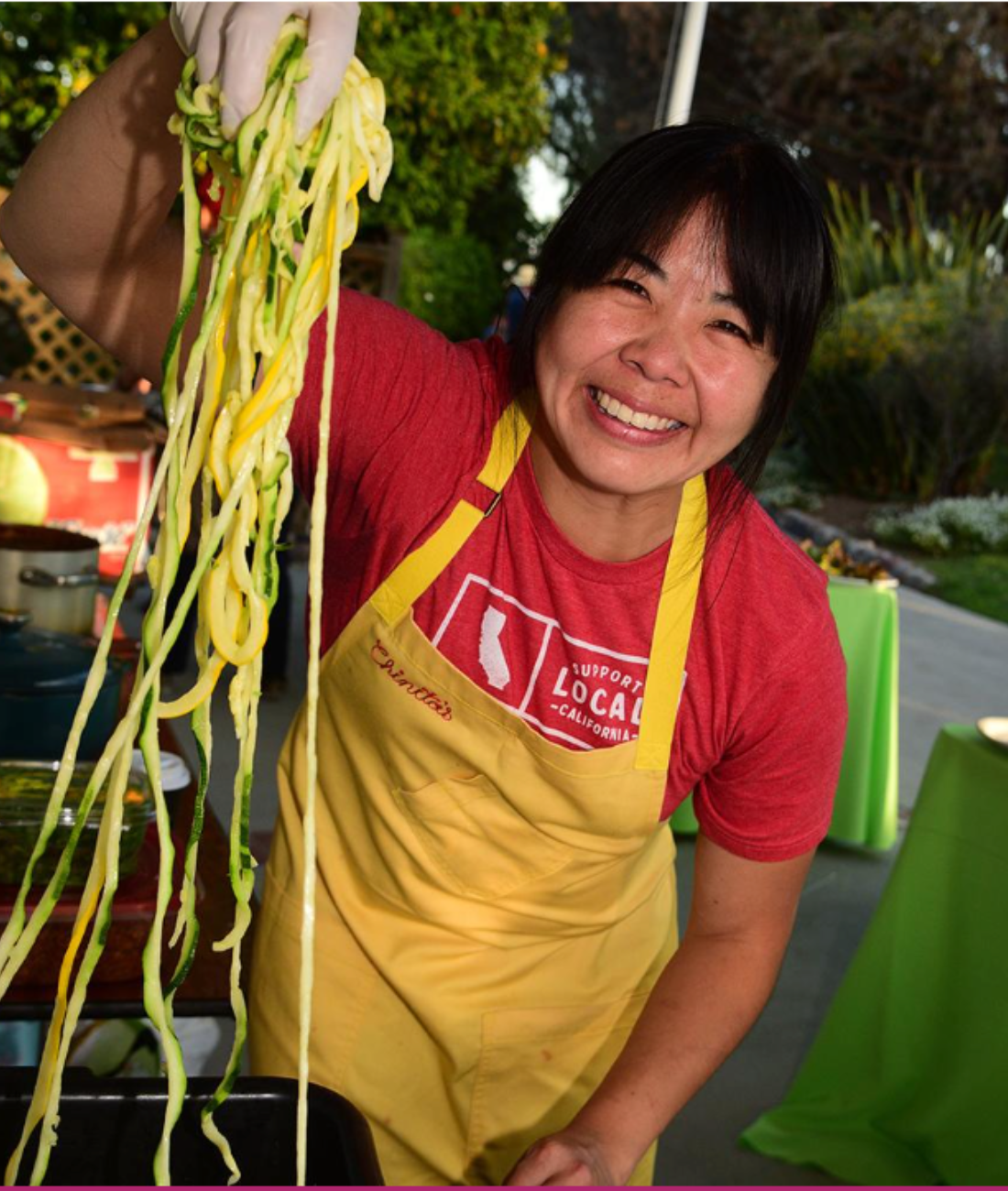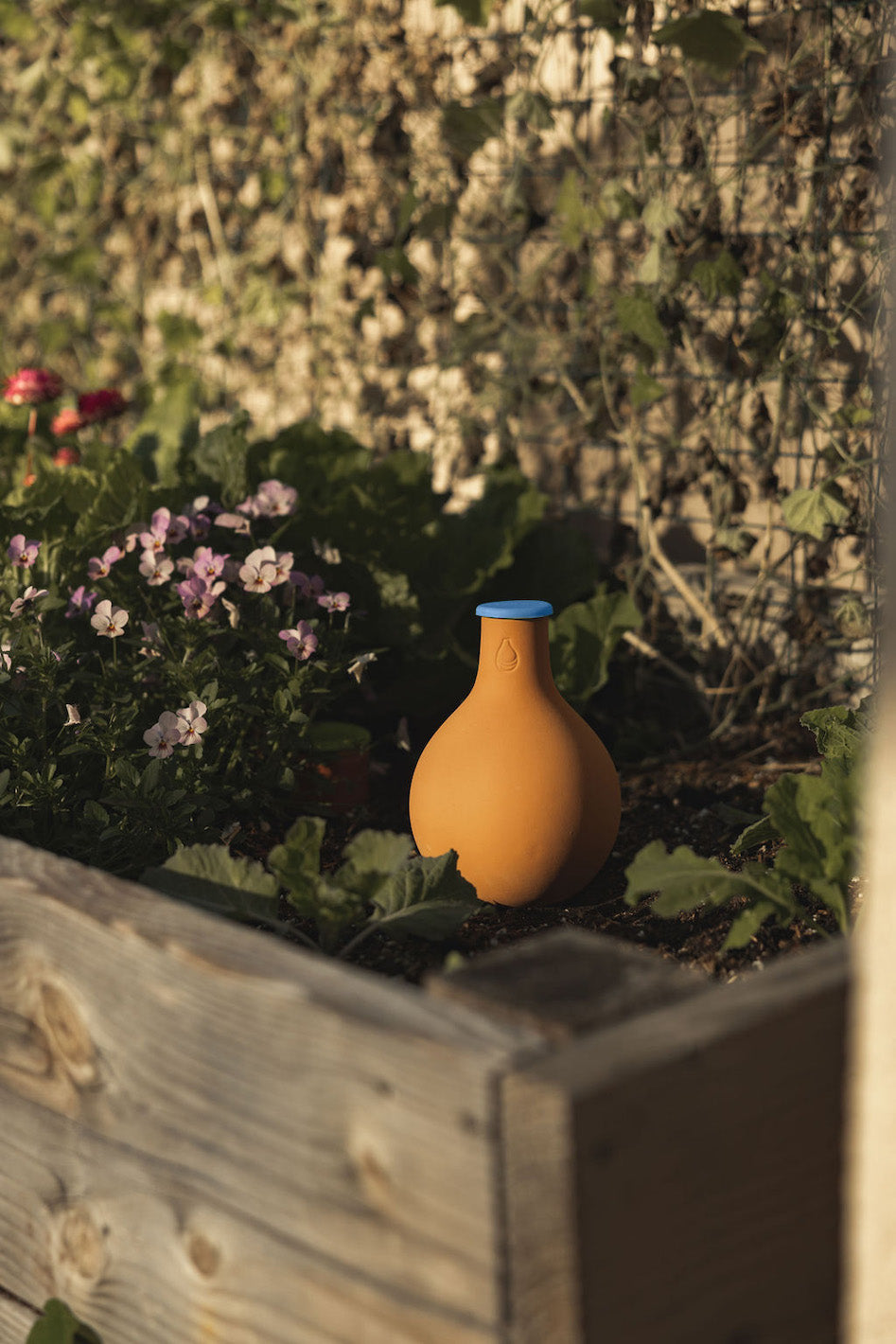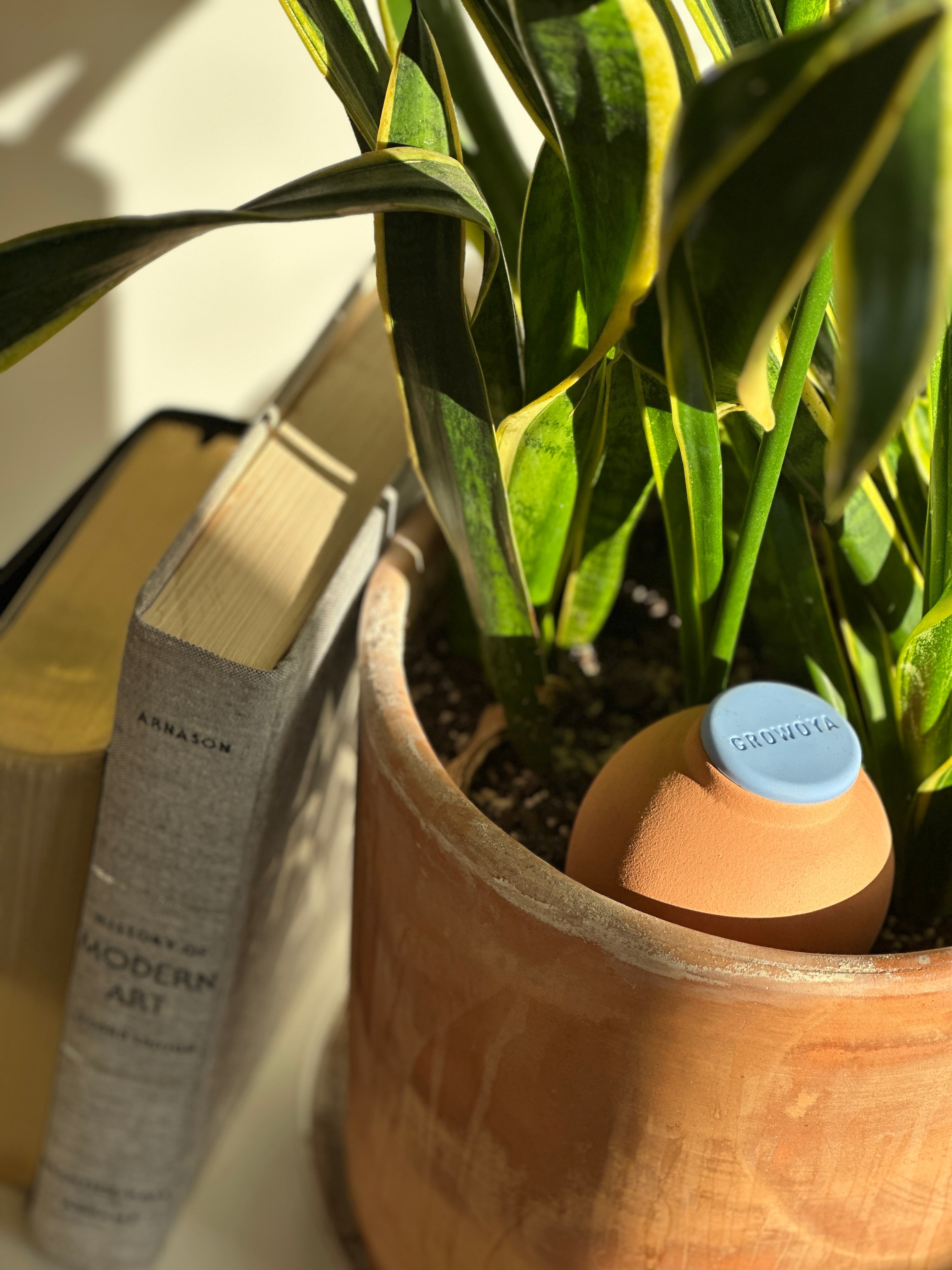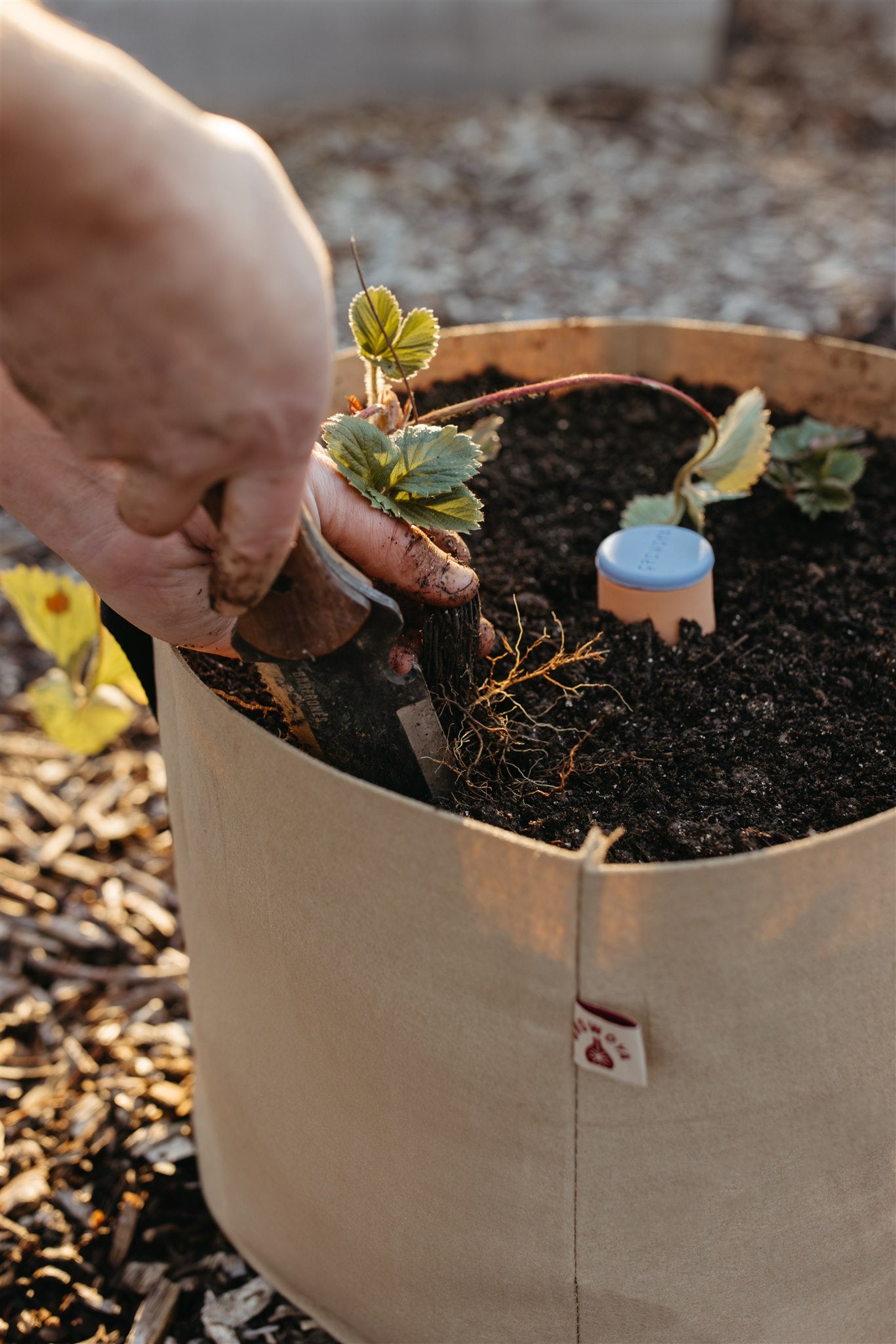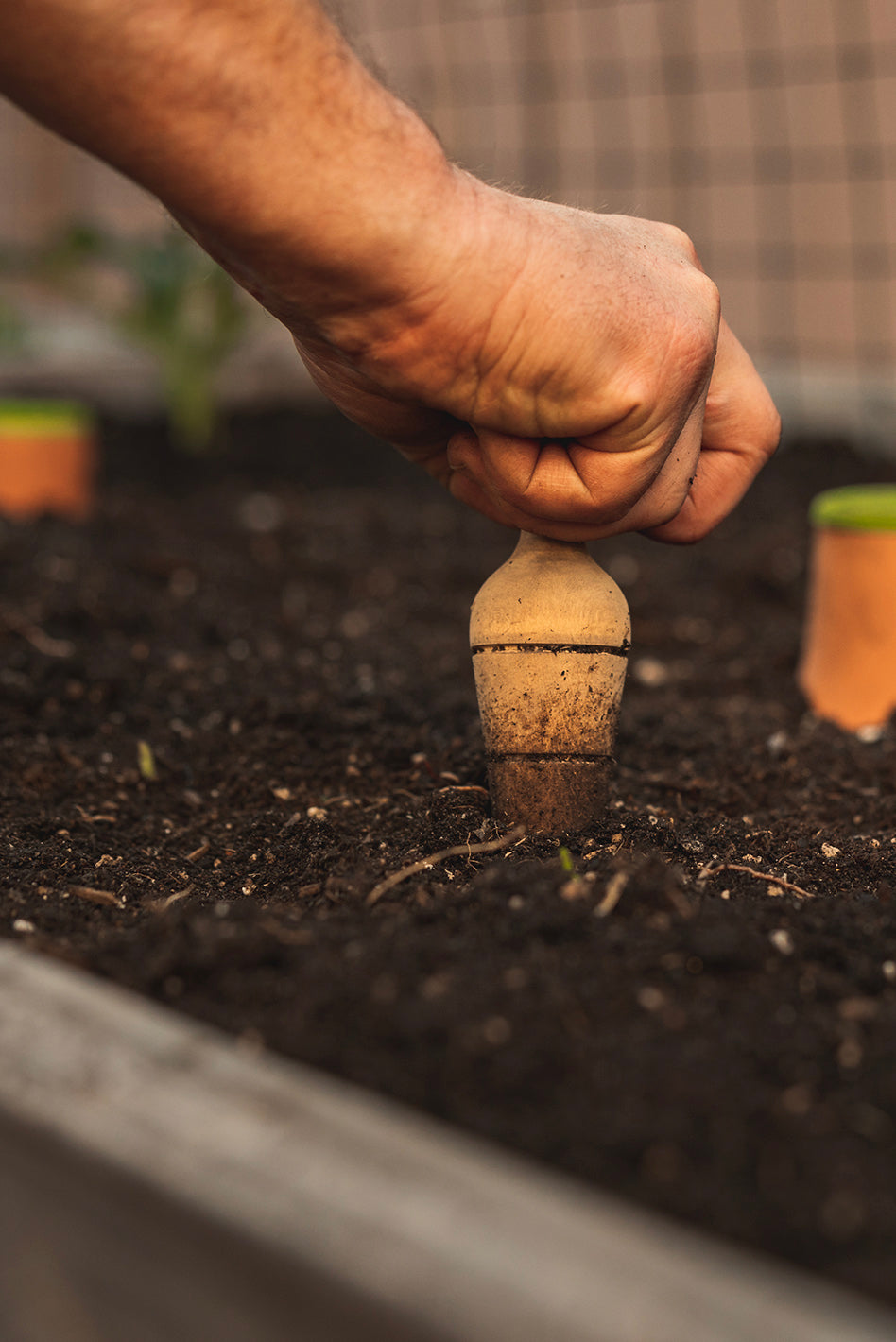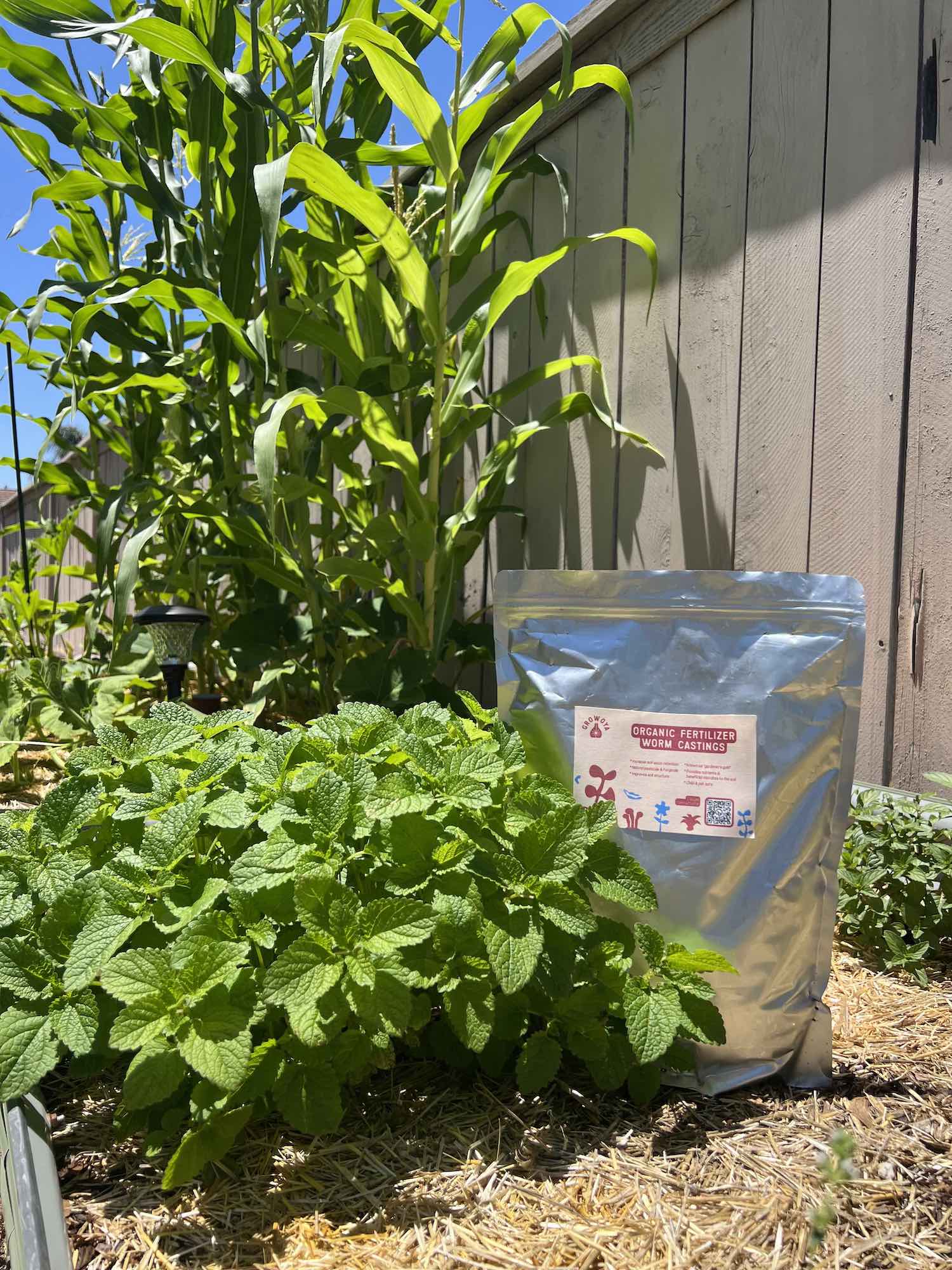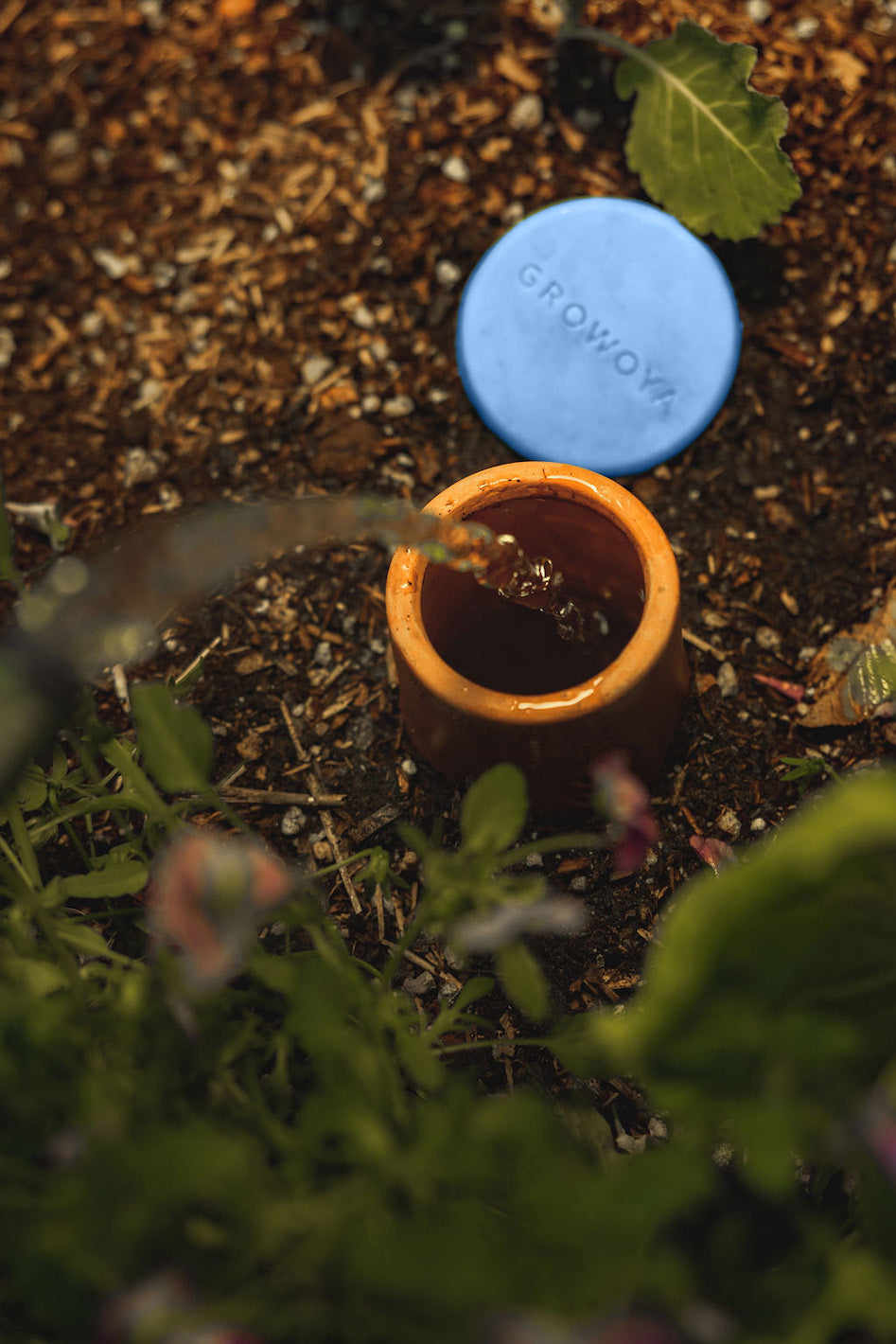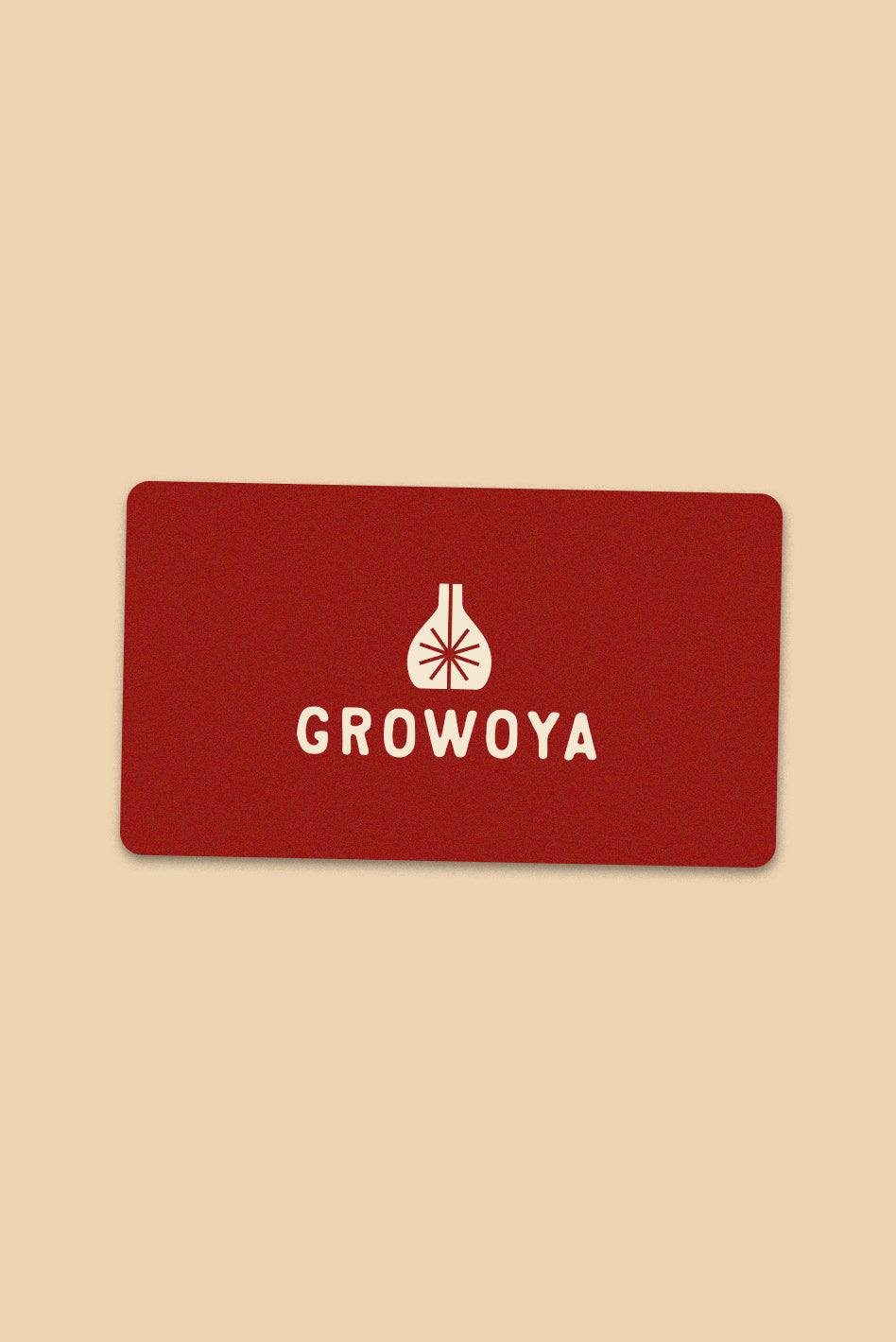Setting up a watering system for your home garden can be a daunting task with various considerations. While hand watering is a personal and intimate way to care for your plants, it becomes impractical for larger gardens due to time constraints and the risk of over or under-watering. In this blog post, we'll focus on two main irrigation options: Drip Irrigation vs Olla Irrigation.
Drip Irrigation: The Set-It-and-Forget-It Solution
Drip irrigation is an automated system designed to efficiently water large areas, typically rows of plants. Connected to outdoor water hook-ups, these systems come in various levels of complexity and capabilities. When a drip irrigation system functions optimally, it provides a hassle-free, set-it-and-forget-it solution that simplifies the watering process.
One of the significant advantages of drip irrigation is its ability to save time and effort. By delivering water directly to the base of plants, it reduces the risk of over or under-watering. However, installing a drip irrigation system can be intimidating, depending on the chosen setup. The complexity of the system may pose a challenge during installation, and any leaks in the system can lead to costly repairs.
Investing in high-quality emitters and systems is crucial, as not all options are created equal. While it might be a pricier upfront investment, the long-term benefits often outweigh the costs. Drip irrigation is most effective for larger garden areas, making it less practical for small-scale setups like a few raised beds or containers.
Olla Irrigation: Ancient Wisdom Meets Modern Efficiency
Olla irrigation, on the other hand, is an ancient method of localized plant watering that has stood the test of time for thousands of years. This simple yet effective technique involves burying unglazed clay pots, called ollas, in the soil near plants. Ollas work well in containers, raised beds, or in-ground gardens.
The efficiency of olla irrigation lies in its subterranean watering method. By providing water directly to the roots, ollas significantly reduce water wastage. The passive nature of this system means that plants draw water as needed, preventing both over and under-watering.
Olla irrigation shines in terms of cost-effectiveness, particularly in smaller areas. To illustrate, a 4 x 8 raised bed may only need two ollas to sustain ideal moisture levels. Our system the Oya™ Watering Pot enables you to fill it every 3 to 5 days or whenever the water level is low, providing both convenience and water conservation.
Despite its efficiency, olla irrigation has some limitations. Scaling this method for larger areas, such as a 30-acre cornfield, would become prohibitively expensive. Additionally, ollas must be dug out of the ground before the first risk of frost to avoid cracking caused by frozen water expansion.
Choosing the Right System for Your Garden
Ultimately, the choice between drip vs olla irrigation depends on the scale of your garden, your budget, and your willingness to invest time in the initial setup. Drip irrigation offers a modern and automated solution for larger areas, while olla irrigation provides an ancient yet efficient method for smaller, more localized spaces.
